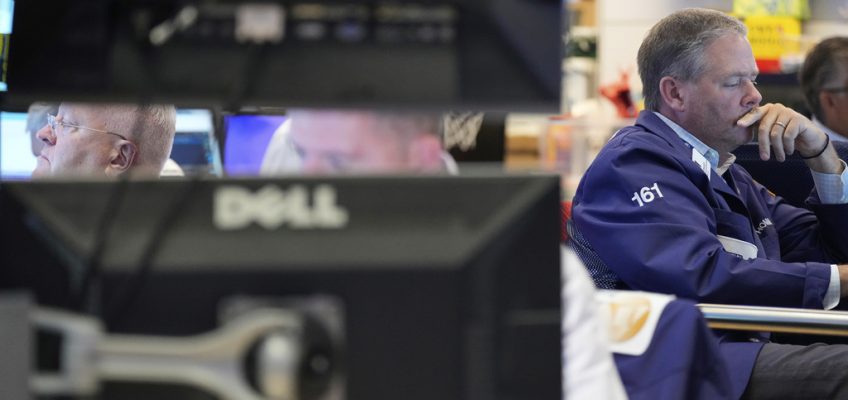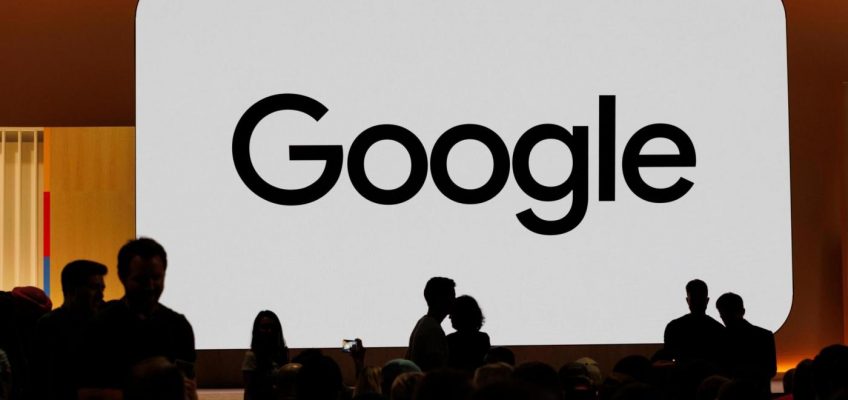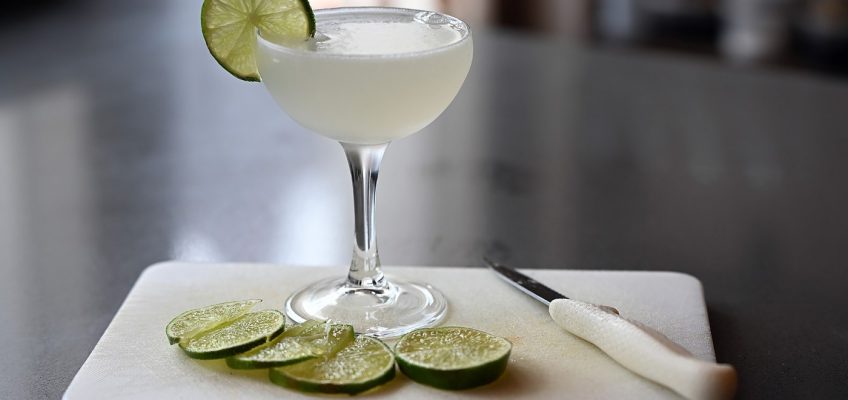By ALICIA RANCILIO, Associated Press
Tracee Ellis Ross, the actor best-known for her roles in shows like “black-ish” and “Girlfriends,” happens to be single and without children, but she doesn’t let either hold her back from experiencing a fulfilling, joyful life, especially when it comes to vacations.
When friends and family can’t join her, or if she just wants to decompress, Ross will jet-set by herself and have a fabulous time doing it. She says she takes at least one solo trip a year, and if vacationing with others, might stay a little longer to include alone time.
In a new three-part docuseries streaming on The Roku Channel, “Solo Traveling with Tracee Ellis Ross,” a camera crew follows the actor on solo trips to Marrakech, Morocco; Cancún, Mexico; and Marbella, Spain.
This image released by Roku shows promotional art for the Roku original series “Traveling Solo with Tracee Ellis Ross. (Roku via AP)
Ross says her first solo travel experience was in her 20s, and she’s learned over the years that even the uncomfortable moments of being by herself have given her coping skills for everyday life.
“What I find is that I gain a muscle strength around being uncomfortable,” she told The Associated Press in a recent interview. “It’s like when a baseball player swings with two bats, and then by the time they get to the one bat, it feels lighter. When you get back into your regular day life and uncomfortable things happen, I have muscle memory to know how to walk through this on my own.”
Ross shared tips to traveling as a party of one:
Ease into it
“Start by going to dinner by yourself,” Ross says. “And if you feel nervous about doing that, go to dinner by yourself on a Tuesday night at 6 o’clock and work your way up to going to dinner by yourself on a Saturday or Friday night at 8 o’clock.
“Walk up to the host and say, ‘I need a table for one.’ See what it feels like to be in that experience because it will only be that times 10 on vacation.”
She suggests bringing something like a book or an iPad when you’re eating alone, and also for when you’re spending time in your room.
That way, “if you end up having to stay in your hotel room the whole time and only going to a restaurant in your hotel or somewhere just around the corner, you don’t feel like you have ruined your trip and done something stupid.”
Know why you’re taking the trip
Ross says there are different reasons for solo trips and you need to understand what yours is.
“Are you going on a solo trip because you’re single and want to meet other people? Are you going on a solo trip because your life is overwhelmed with your children, your dogs, your cats, your job, your life, your survival, all the things, and you’re going to have a moment to sort of recharge and get away by yourself? Or are you going for an adventure?” she asks.
Once you’ve decided what kind of experience you’re seeking, you can make plans to achieve it realistically and safely.
This mage released by Roku shows actor Tracee Ellis Ross in a scene from the Roku original series “Traveling Solo with Tracee Ellis Ross.” (Emily V. Aragones/Roku via AP)
Safety, safety, safety
No matter how independent you are, certain kinds of travelers are more vulnerable than others, especially if they’re by themselves, Ross notes. Take safety seriously when mapping out your itinerary.
Related Articles
Largest campground at Yosemite National Park to reopen after $26 million renovation
Virgin Voyages launches its first true crime-themed cruise
Chicago foodie travel: The history (and mystery) of ice cream sundaes
‘Clueless’-inspired hotel suite features Cher-approved closet
Delicious, home-cooked meals can still be on the menu even in a wonky vacation rental
“You might not feel vulnerable, but depending on where you’re going, it might leave you vulnerable. That’s a very specific distinction and something to plan for in order to have a good experience,” she says.
“If you are a Black woman, if you are a woman, if you are LGBTQIA, if you are non-binary, if you are differently abled — that might leave you vulnerable in a foreign place. Make sure you do the best diligence you can to make sure you’re going somewhere that can create a sense of safety for you with whatever those vulnerabilities,” she says.
Ross prefers to travel to destinations with resorts where she can feel safe on her own. “It allows me to not have to adventure off property,” she said. And she returns to places where she’s found comfort “all the time.”
Research many other parts of the trip too
Ross says she’s a planner by nature and does a lot of research online. She also asks around for info about best navigating the experience from beginning to end.
She likes to know whether particular airports are busy and what to expect when she gets there. If it’s a big airport and there’s a lot of walking, she makes sure she has comfortable shoes. She also will pack a personal fan if it’s going to be hot.
Knowing what to expect won’t just lead to feeling prepared and comfortable in general but feeling prepared and comfortable by yourself.




